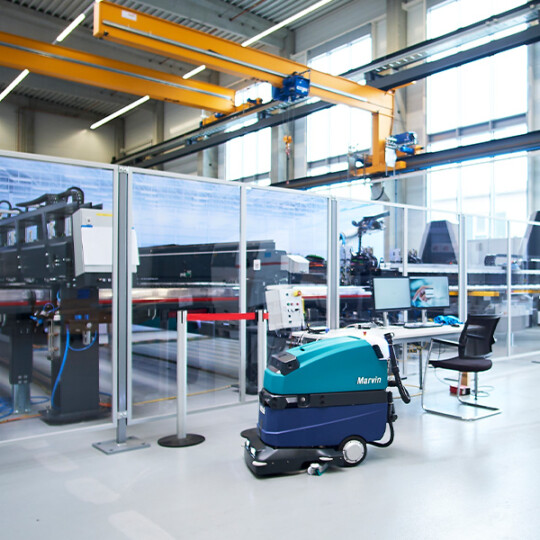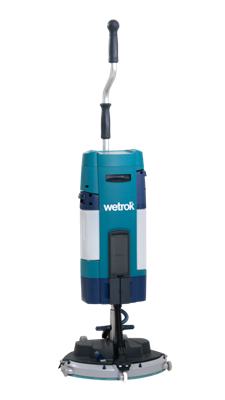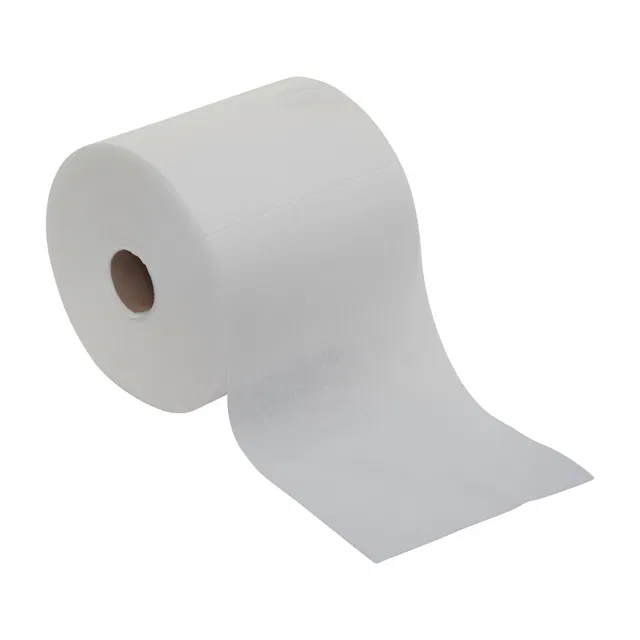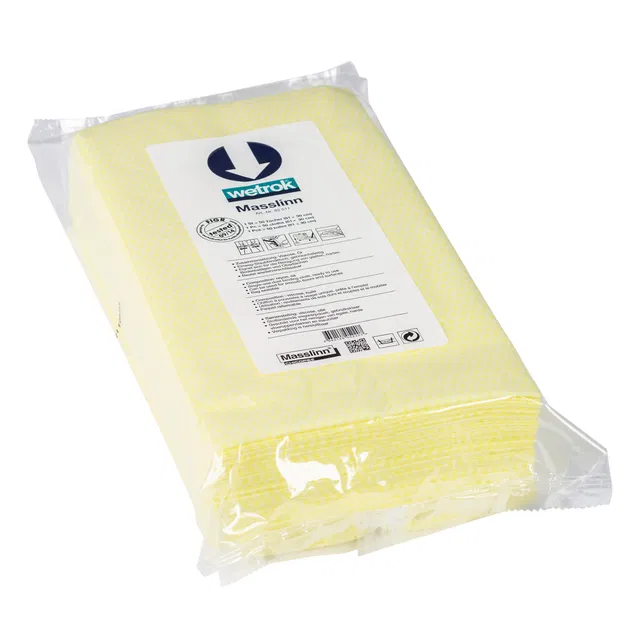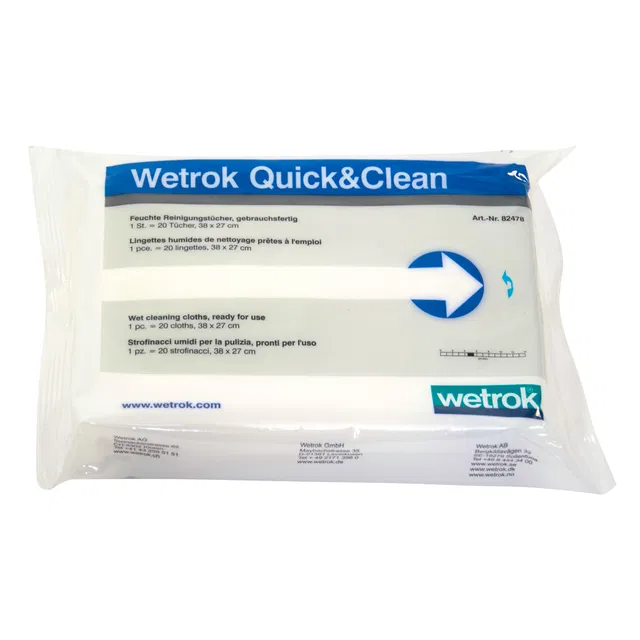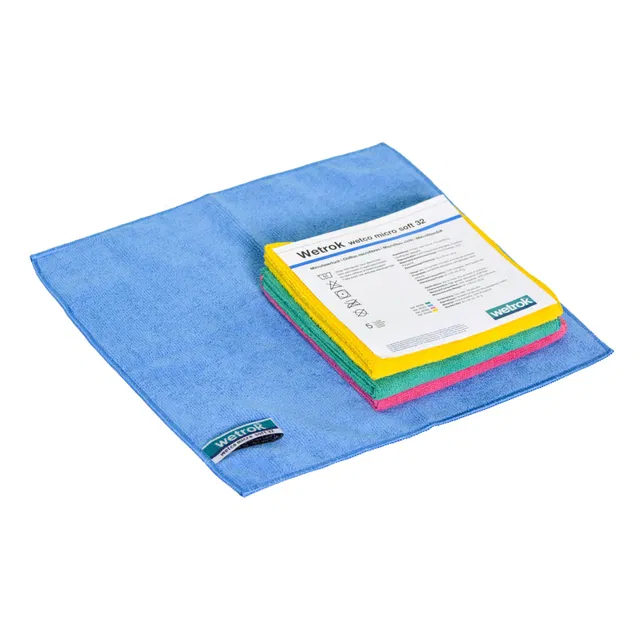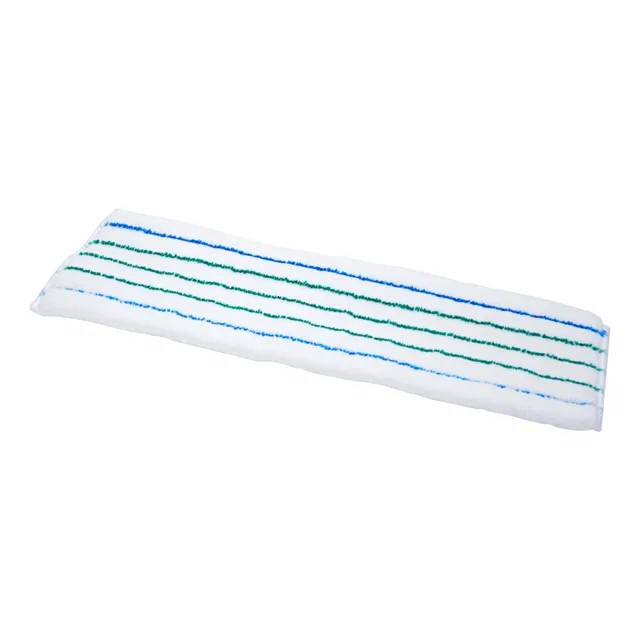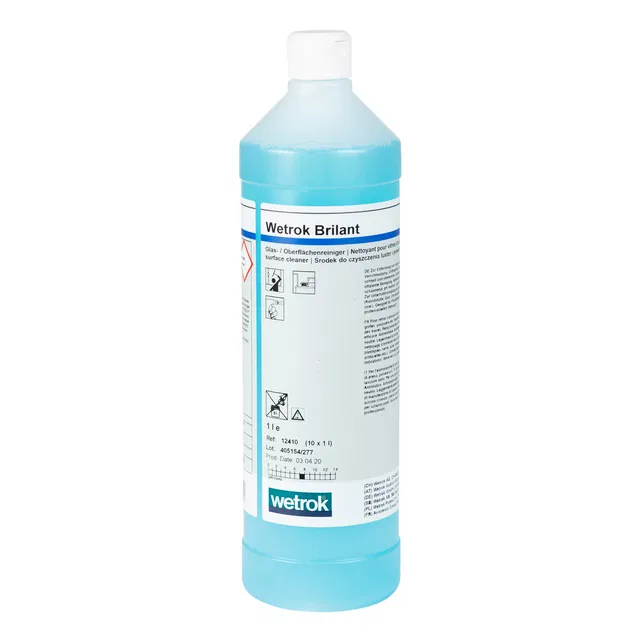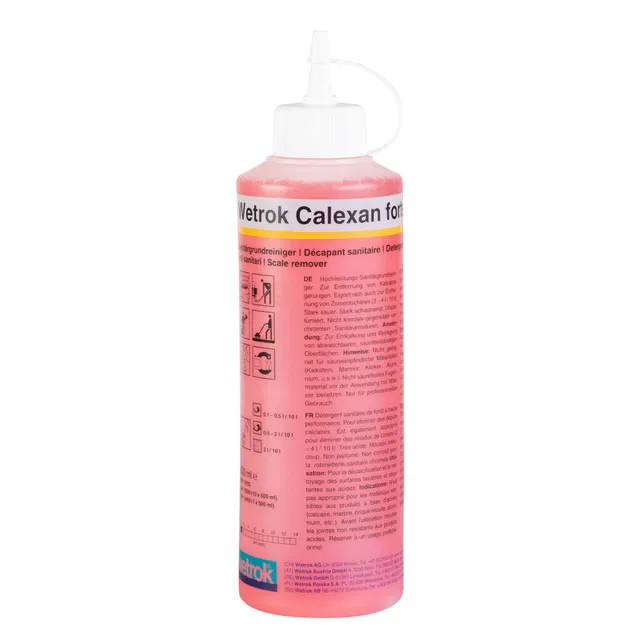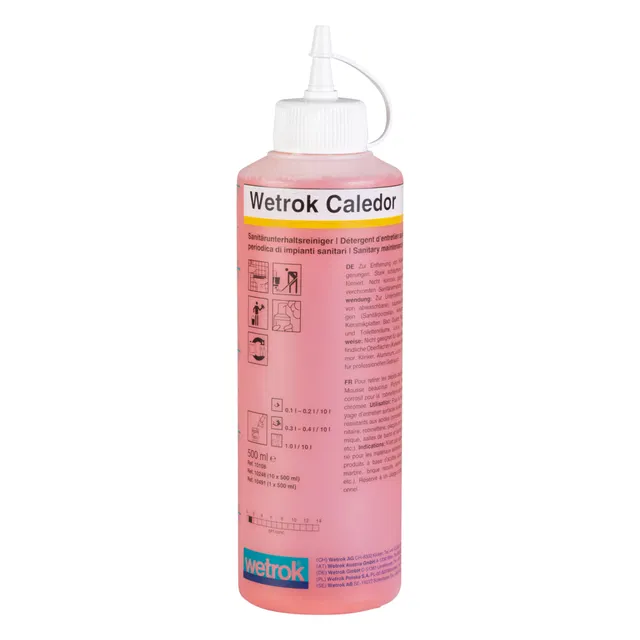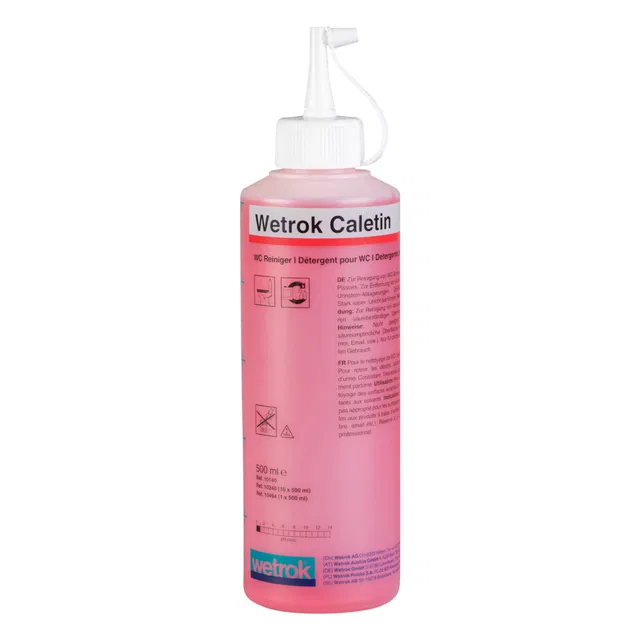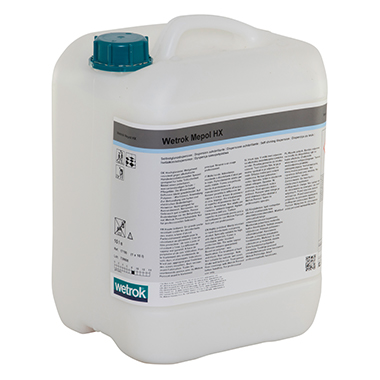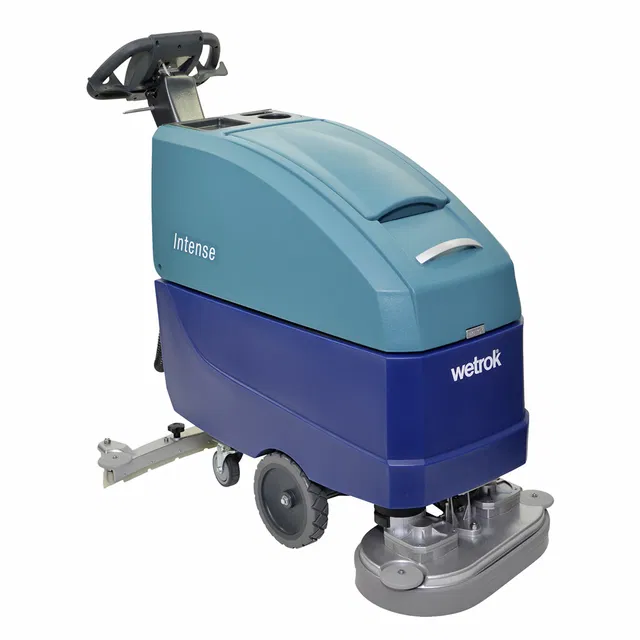
19.10.23
Cleaning robot in the industry
Andreas Furtmeier is the Managing Director of the Bavarian building cleaning company Furtmeier Gebäudeservice KG. In April 2023, he purchased the company’s first cleaning robot: Robomatic Marvin from Wetrok. In our interview the master craftsman for building cleaning explains why he believes that partially automated robots are far superior to their fully automated colleagues.
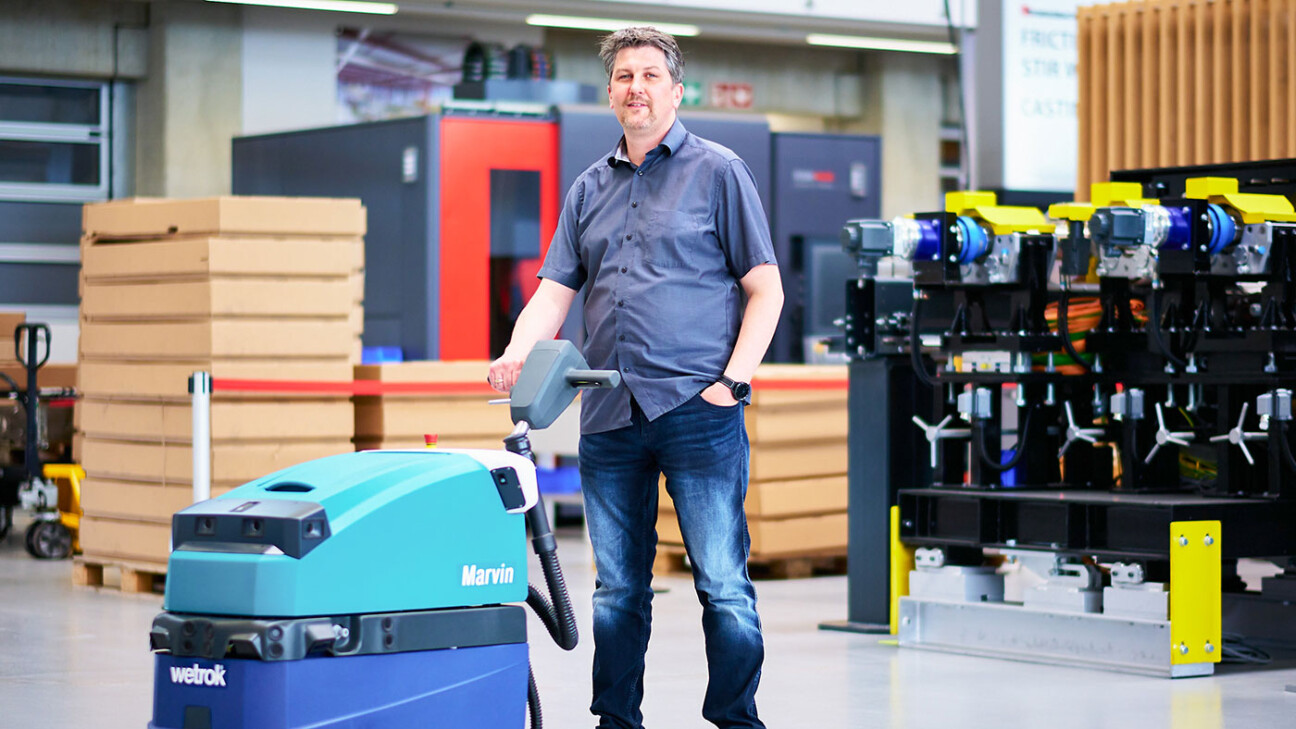
Mr. Furtmeier, you recently acquired a cleaning robot. Why?
I bet what you’re thinking is: Mr. Furtmeier wants to reduce personnel. But that isn’t the case at all, quite the opposite is true. We’re urgently looking for well-qualified cleaning personnel. It was due to this shortage, to the lack of skilled workers, that we decided to opt for robotics. We want to prepare for the future.
Can a robot replace qualified skilled workers?
No, never! That’s not the point at all. Our approach is to look ahead. We want to delegate repetitive, monotonous work such as floor cleaning to the robot, so our qualified workers can focus on more complex cleaning tasks. In the future when we no longer have enough workers, we will be able to absorb at least a small part of the work with a robot. In addition, a robot can deliver a consistent level of quality.
You chose the Robomatic Marvin, a partially autonomous robot. What made you decide against a fully autonomous model?
Believe me, I tested about half of all cleaning robots on the market, that could have been an option, fully autonomous as well as partially autonomous ones. The Robomatic Marvin seemed to be the best thought-out option, both technically and practically. Many of the fully autonomous robots are too large and bulky for our areas of application. Meanwhile, the Robomatic Marvin has a very compact design: it fits through any doorway and can flexibly manoeuvre through narrow hallways. It is also suitable for hybrid use: as a robot but also as a normal scrubber-dryer when needed. It is a single machine that can do it all, and I wouldn’t get that kind of flexibility with a fully autonomous robot. I also like the Teach & Repeat method: I can show the robot the route and then it will copy this, without any programming or mapping work required. That’s a great advantage in the building we use it in: our customer frequently changes the layout, moving partition walls to other places within the space or putting up new obstacles. With a fully autonomous robot I would have to call a technician every time, but with Marvin I can simply “show” the robot the new route myself. Another aspect is that most of our customers are not ready for fully automated solutions yet.
What does that mean in concrete terms?
The customers do not have the environment for a fully automated machine, or they do not have the high cleaning frequency that would be necessary to make a robot worthwhile. It is not cost-efficient to get a fully autonomous robot to clean the floor once a week. What’s more, there is no room for docking stations in the buildings of many of our customers, or they do not have a lift. I also need a person on site to clean the suction lips, service the docking station, fix a leaky siphon, or remove dirt from the waste gratings. The robot cannot do that, which is why it can only be used for a part of the work. Full autonomy of a robot is often advertised as a success factor, but I think of it as the greatest weakness: it makes us dependent and inflexible.
«With the Wetrok robot I need just one machine for autonomous and manual cleaning. I don’t get that kind of flexibility with fully autonomous robots.»
A focus on innovation is one of the cornerstones of the code of ethics that the Furtmeier company has drawn up for itself. Did this focus play a role in your decision to acquire a robot?
Yes, definitely. Our guiding principle is “for your success” – this means that we do everything we can every day to make the end customer satisfied and successful. And to do this, it is an advantage to derive maximum benefit from new technologies.
How does the partially autonomous robot work?
It’s very simple! I take the robot over the floor area that is to be cleaned once. The machine saves the route. The next time I bring the Robomatic Marvin to the starting point, it will clean along this route that it learned fully independently. Kind of like a cassette recorder with record and play buttons.

In which building do you use the robot?
The Robomatic Marvin is used to clean the floor of a production company that makes systems for manufacturing and automation tasks. That seems extremely fitting: the robot cleans the floor of a number of halls that are home to its fellow robots that are still in the making. There are three halls, each around 1,000 square metres big, and the floors are coated with epoxy resin. Our customer’s employees are always excited to see Marvin enter the hall. One day he was absent and everyone jokingly asked if Marvin was off sick (he laughs).
What type of soiling does the robot have to tackle in these halls?
The usual industrial dirt: dust, oils, grease, woodchips, pallet marks, rubber marks and coffee stains.
What does the personnel do while the robot is cleaning the floor?
Everything the robot can’t do! That means they are cleaning edges and corners. In addition, there’s all the work above the floor, such as emptying bins, topping up paper towels and toilet paper, cleaning surfaces, removing cobwebs. The big plus: all of this work is now done at the same time as the floor cleaning.
Where do you use the robot manually as a hand-operated scrubber-dryer?
The wooden flooring in our customer’s canteen is only machine cleaned occasionally, so it makes no sense to “teach” the Robomatic Marvin in robotic mode here. Instead we use the robot as a traditional scrubber-dryer here, a number of times a year. The main advantage: we can go over the same spot repeatedly, if there is any stubborn soiling or dried-in stains. If the need arises, we also use Marvin for spot cleaning of smaller spaces (e.g. toilets) or for special cleaning of smaller areas in the halls.
For how long did you test the Robomatic Marvin before you decided to buy it?
38 minutes (he laughs). That was enough for me to know that we needed this robot. We have been using Wetrok’s Discomatic Mambo scrubber-dryer for many years, and very successfully so. It is one of just a few scrubber-dryers available that has sufficient brush pressure for really stubborn dirt, by the way. When I heard that the Robomatic Marvin was based on this machine, I trusted it right away, and was curious to find out about its evolution in the field of robotics.
So does the robot clean just as thoroughly as the Discomatic Mambo?
Absolutely! In fact we have to clean the edges more often now, because the surface is so clean thanks to Marvin, and you’d see the difference right away if we didn’t. If we had to write our new robot team member a reference, we would praise the high quality of his cleaning work and his great efficiency. Luckily robots do not need letters of recommendation yet (he winks).
